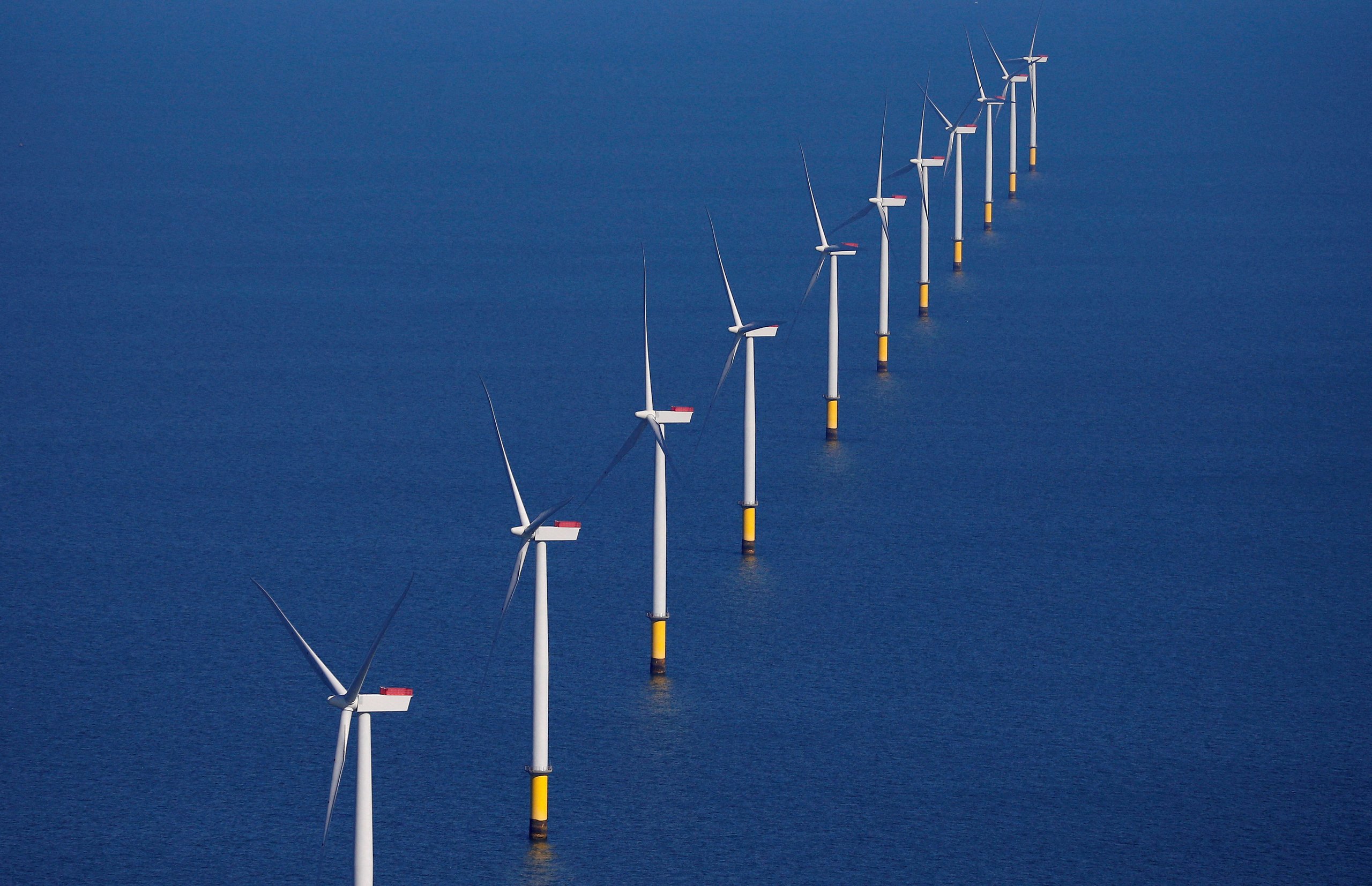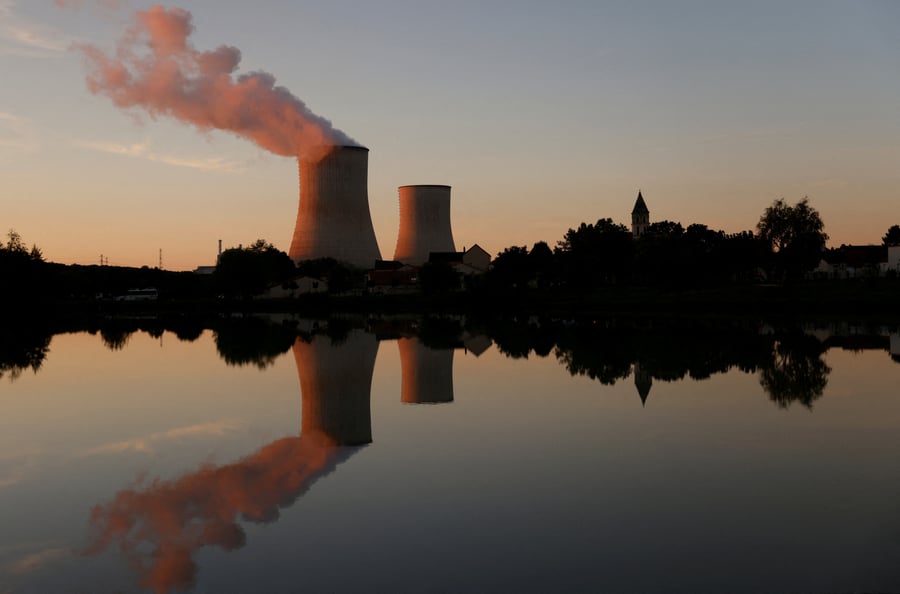“The Perfect Storm,” a 1991 movie that tells the true story of Andrea Gail, a fishing boat that got caught in an unusually intense storm caused by a confluence of weather conditions combined to form a killer storm. The global energy market, which primarily consists of crude oil, natural gas, and coal, seems to be caught in similar circumstances which caused the US natural gas prices to skyrocket by 337%, coal and heating oil up by 104% and 82% respectively year-to-date to December 10, 2021.
The problem is even more acute in countries that import most of their fuel needs. Europe and Asia are bidding up the cost of liquefied natural gas (LNG), to secure enough for winter heating demand. European gas prices have roughly quadrupled from their five-year average and were recently trading at a record $32 per million BTUs (British Thermal Unit), according to S&P Global Platts Analytics. The Asian benchmark price hit an all-time high of $35 on Thursday.
Six factors are primarily responsible for the current energy squeeze. Each further magnifies the impact of the other. These include Lower inventories, lower production capacity, self-imposed emission levels, faster demand recovery, unusual weather patterns, Geopolitics.
1- Lower inventories
When prices are typically higher, and more gas is withdrawn from storage to meet demand, leading to a drop in inventories. The winter gas season begins on October 1 and continues until the end of March.
Significantly colder-than-normal temperatures in the U.S. in late January through mid-February resulted in higher demand for natural gas.
Net withdrawals from underground natural gas storage facilities totaled 338 billion cubic feet (Bcf) for the week ending February 19, 218 Bcf more than the five-year average net withdrawals for the week.
As a result, working gas stocks fell below the five-year average by 161 Bcf.
In Europe and Britain combined, storage sites are currently filled at around 72% of capacity, compared with 94% at the same time last year, and 85%, the ten-year average as per the latest Gas Infrastructure Europe Report data.
2- Lower Production Capacity
The Covid-19 pandemic has caused demand for fuel to free-fall within a brief period. The demand destruction was so severe that on April 20, 2020, the front-month May 2020 WTI crude contract dropped 306%, or $55.90 per barrel, for the session, to settle at a negative $37.63 a barrel on the New York Mercantile Exchange. The unprecedented price drop prompted OPEC+ countries to cut their overall oil production by 9.7 million barrels per day, the biggest oil production cut ever negotiated to stabilize oil prices.
The lower demand and uncertain outlook about a global economic recovery resulted in many oil and gas companies cutting capital spending. US oil giant Exxon Mobil slashed its 2020 capital spending plan by $10 billion, and the cuts were global. Italian integrated oil and gas major Eni SpA slashed capital expenditures for 2020 by about €2 billion, and Brazilian state-run oil company lowered its planned investments by $3.5 billion. Such deep capital spending cuts constrain excess capacity and make it difficult for producers to ramp up production at short notice.
3- Carbon-Emission Regulation
The Paris Agreement, which became legally binding in 2020, marks the first time all 195 countries that signed it have agreed to take responsibility for climate change and work together to find solutions. The agreement has encouraged nations and corporations to achieve carbon neutrality by 2050 or earlier, further tempted by the investment community’s appetite for sustainability-focused investments as indicated by the near-record high assets-under-management of 2 trillion US dollars in sustainable funds.
Such a change in mindset vis-a-vis the sources of energy has resulted in a decline in available capital and political appetite for hydrocarbon projects, which further exacerbated the lack of spare production capacity for use when needed the most.

4- Demand Recovery
World oil consumption rebounded faster than expected, primarily due to the success of pharmaceutical companies, supported by flexible government regulations, to discover and mass-produce Covid-19 vaccines, which got the global economic engine revved up again. As a result, global oil demand increased to about 97 million barrels per day in the third quarter of 2021, up 6% from 2020. Oil demand would continue to outpace supply by 1.2 million barrels per day in October and 900,000 barrels per day in November.
5- Unusual Weather Patterns
Demand and supply for fossil fuels got more distorted by unusual weather patterns. Hurricane IDA, which hit the gulf coast of the US in August, caused the evacuation of 51% of the US Gulf’s total number of offshore platforms resulting in taking offline up to 95% of US Gulf’s crude oil and 93% of natural gas production.
In the UK, electricity prices reached a record high in September at 400 pounds per megawatt-hour as a direct result of low wind, which affected the production capacity of wind turbines responsible for 11% of the total energy production in the UK.
6- Geopolitics
The recent decline in gas supplies from Russia at a time when Europe is facing an energy crunch has led many analysts to stipulate that Russia is deliberately decreasing supply in order to increase its influence over the decision regarding the approval of the Nord Stream 2 pipeline, which if and when completed will ship 55bln cubic meters of gas to Germany which is equivalent of 15% of the EU annual gas imports. Nord Stream 2 holds immense significance for Russia in its “cold war” with the US as it circumvents Ukraine and Poland, two US allies. It provides Russia with direct access to Europe, which would increase its leverage over Europe and simultaneously decrease the US’s leverage over Russia.
To prevent the operations of the Nord Stream 2, the US has imposed sanctions on companies involved in its construction. The current stand-off between Russia and Ukraine is not helping ease the concerns of the US towards Russia’s increased influence over Europe should the Nord Stream 2 come online.
Recent tension between Algeria and Morocco prmpted Algeria to stop supplying natural gas through the Maghreb pipeline, which passes to the Iberian Peninsula via Morocco and supplies Spain and Portugal with two-thirds of their annual gas imports.
Such geopolitical developments further cause supply uncertainty, resulting in higher prices.
So will the above factors derail the global race to decarbonization or, to the contrary, speed up the energy transformation to renewables? That will be the multi-trillion-dollar question.
——-
 * Amro Zakaria Abdo is a Financial Services Industry strategist with over 20 years of global markets experience gained during his tenure as a regional and global director of multiple tier 1 publicly traded financial firms as well as his advisory role to multiple start-ups.
* Amro Zakaria Abdo is a Financial Services Industry strategist with over 20 years of global markets experience gained during his tenure as a regional and global director of multiple tier 1 publicly traded financial firms as well as his advisory role to multiple start-ups.
He is the founder of Madarik Finance, which focuses on project finance for start-ups working in areas related to one or more of the 17 UN SDGs.
Mr. Abdo is a frequent guest of leading regional and global financial media outlets. He is also a frequent speaker at industry events on topics related to the global markets, Fintech, Blockchain technology, and future economic trends. He sits on the advisory board as well as lectures at several universities, as a guest speaker. He is also a member of the U.S. Association of Energy Economics.








